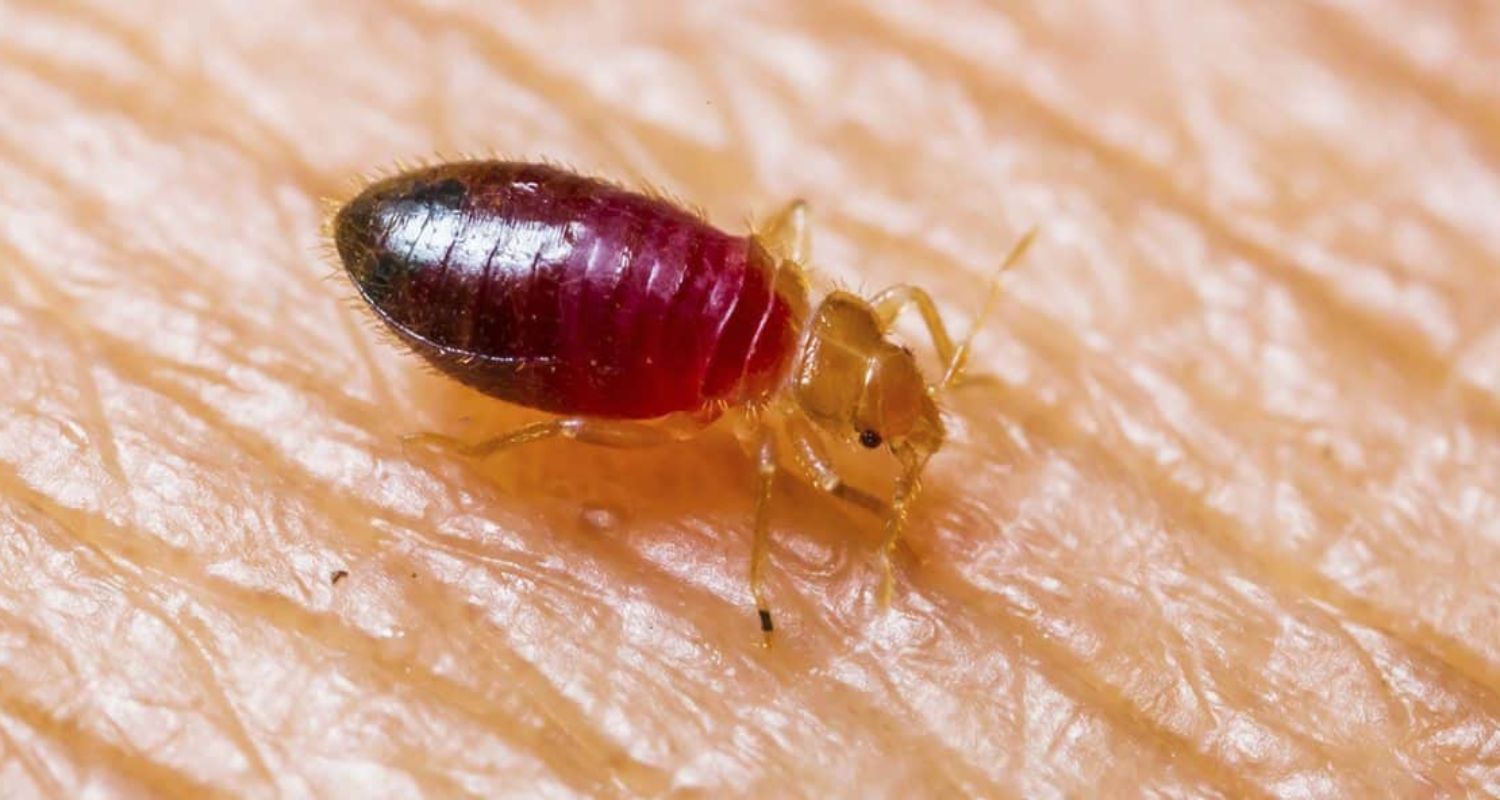Massachusetts, known for its picturesque landscapes ranging from the sandy shores of Cape Cod to the historic allure of Boston and the tranquil Berkshires, is also grappling with a less appealing issue: bed bugs.
Despite its reputation for high quality of life and safety, the state faces challenges from these persistent pests, as highlighted by recent findings.
Assessing the Bed Bug Situation
During Bed Bug Awareness Week, Pest Gnome conducted a comprehensive analysis of 500 cities across the United States to pinpoint areas with the highest bed bug infestations.
Factors such as infestation risk, effectiveness of pest control measures, and population density were meticulously evaluated. Based on these criteria, Pest Gnome compiled a list of the most affected cities, revealing that Massachusetts has a notable presence on this concerning list.
Massachusetts Cities on the Frontline
Thirteen cities in Massachusetts were identified among the most bed bug-infested in the nation. These include:
- Boston – Ranked at #7
- Cambridge – Ranked at #13
- Somerville – Ranked at #18
- Lawrence – Ranked at #27
- New Bedford – Ranked at #55
- Fall River – Ranked at #58
- Worcester – Ranked at #67
- Lowell – Ranked at #70
- Lynn – Ranked at #83
- Brockton – Ranked at #84
- Springfield – Ranked at #117
- Quincy – Ranked at #121
- Newton – Ranked at #192
Understanding the Factors at Play
The prevalence of bed bugs in these cities can be attributed to several factors, including their popularity as urban centers and hubs of tourism. Cities like Boston and Cambridge, known for their bustling activity and influx of visitors, face increased risks of bed bug infestations.
The transient nature of tourists and travelers, coupled with dense urban living conditions, creates environments conducive to the spread of these pests despite efforts in pest control.
Implications and Community Response
While being listed among the most bed bug-infested cities may raise concerns, it’s important to note that Massachusetts cities continue to thrive as attractive destinations for residents and tourists alike.
The presence of bed bugs underscores the ongoing need for proactive pest management strategies and heightened awareness among residents and businesses.
Local authorities and pest control services are continuously working to mitigate these challenges, emphasizing the importance of regular inspections, prompt reporting, and effective treatment methods to curb infestations.
Moving Forward: Vigilance and Education
As Massachusetts addresses these challenges, community vigilance remains crucial in maintaining public health and safety. Educating residents and visitors about early detection methods, proper hygiene practices, and responsible travel habits can significantly contribute to reducing the spread of bed bugs and other pests.
By fostering a culture of awareness and collaboration, Massachusetts aims to safeguard its reputation as a desirable place to live and visit while addressing the realities of urban pest management.
Conclusion
The inclusion of Massachusetts cities on the list of most bed bug-infested places in the U.S. serves as a reminder of the complex interplay between urban dynamics and pest control.
While these cities face challenges, they also represent vibrant communities rich in history, culture, and economic vitality. Continued efforts in pest management and community engagement will be essential in mitigating the impact of bed bugs and ensuring a healthier environment for all.
For those interested in further details, Pest Gnome’s full report provides comprehensive insights into the methodology and findings behind these rankings, shedding light on the ongoing efforts to address bed bug infestations in Massachusetts and across the nation.


